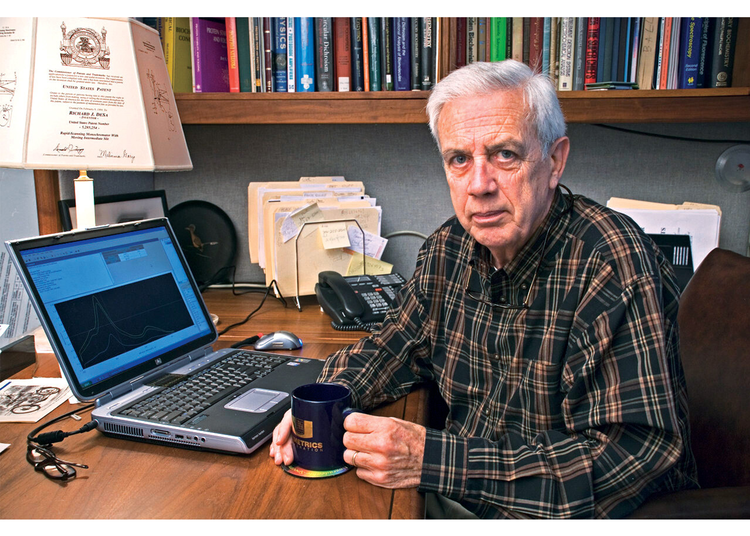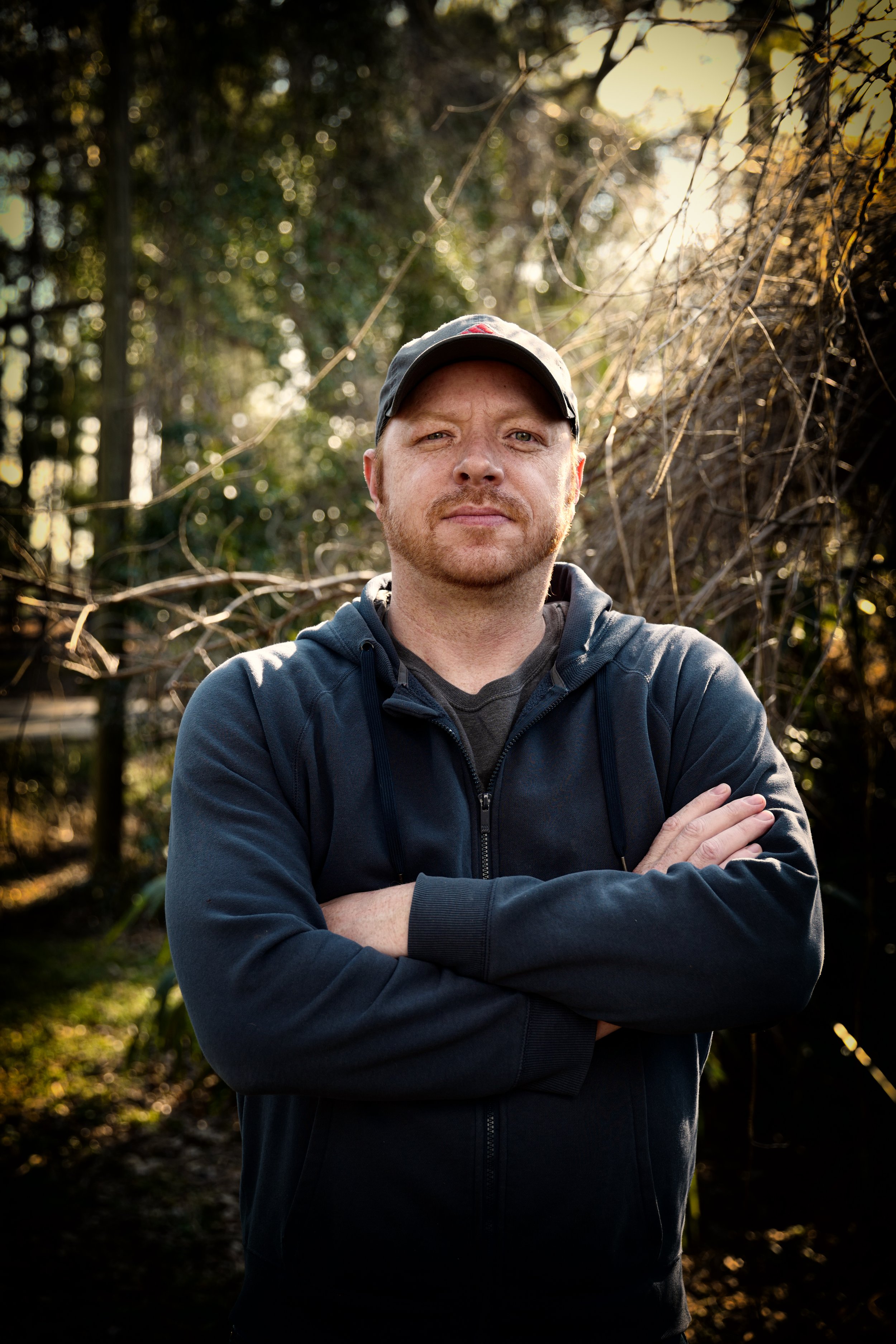Get This Report about Circularly Polarized Luminescence
Get This Report about Circularly Polarized Luminescence
Blog Article
How Circular Dichroism can Save You Time, Stress, and Money.
Table of ContentsThe 45-Second Trick For Uv/visSome Known Details About Circularly Polarized Luminescence The smart Trick of Circular Dichroism That Nobody is Talking AboutUv/vis/nir Fundamentals ExplainedThings about Uv/vis/nir

Although spectrophotometry is most typically used to ultraviolet, visible, and infrared radiation, contemporary spectrophotometers can question broad swaths of the electro-magnetic spectrum, consisting of x-ray, ultraviolet, visible, infrared, and/or microwave wavelengths. Spectrophotometry is a tool that hinges on the quantitative analysis of molecules depending on just how much light is taken in by colored compounds.
The Single Strategy To Use For Spectrophotometers
A spectrophotometer is typically utilized for the measurement of transmittance or reflectance of solutions, transparent or nontransparent solids, such as polished glass, or gases. Although lots of biochemicals are colored, as in, they soak up visible light and for that reason can be measured by colorimetric procedures, even colorless biochemicals can often be transformed to colored compounds suitable for chromogenic color-forming responses to yield compounds appropriate for colorimetric analysis.: 65 Nevertheless, they can also be designed to measure the diffusivity on any of the noted light ranges that typically cover around 2002500 nm utilizing different controls and calibrations.
An example of an experiment in which spectrophotometry is utilized is the determination of the stability constant of a solution. A specific chain reaction within an option might take place in a forward and reverse instructions, where reactants form products and products break down into reactants. Eventually, this chain reaction will reach a point of balance called a stability point.
4 Easy Facts About Uv/vis Explained
The quantity of light that passes through the solution is indicative of the concentration of certain chemicals that do not enable light to pass through. The absorption of light is due to the interaction of light with the electronic and vibrational modes of molecules. Each type of molecule has a specific set of energy levels related to the makeup of its chemical bonds and nuclei and hence will soak up light of particular wavelengths, or energies, leading to unique spectral residential or commercial properties.
They are commonly utilized in numerous industries consisting of semiconductors, laser and optical production, printing and forensic evaluation, as well as in laboratories for the study of chemical substances. Spectrophotometry is typically used in measurements of enzyme activities, determinations of protein concentrations, determinations of enzymatic kinetic constants, and measurements of ligand binding reactions.: 65 Ultimately, a spectrophotometer is able to determine, depending on the control or calibration, what compounds are present in a target and precisely how much through estimations of observed wavelengths.
Developed by Arnold O. Beckman in 1940 [], the spectrophotometer was created with the aid of his coworkers at his business National Technical Laboratories established in 1935 which would become Beckman Instrument Company and eventually Beckman Coulter. This would come as a service to the formerly produced spectrophotometers which were unable to take in the ultraviolet correctly.
The Main Principles Of Uv/vis/nir
It would be found that this did not give satisfying results, for that reason in Design B, there was a shift from a glass to a quartz prism which permitted for much better absorbance results - circular dichroism (https://www.livebinders.com/b/3570027?tabid=514355ed-03f4-acee-f8e7-d79f6b7bffab). From there, Model C was born with a change to the wavelength resolution which wound up having three systems of it produced
It was produced from 1941 to 1976 where the price for it in 1941 was US$723 (far-UV accessories were an option at additional expense). In the words of Nobel chemistry laureate Bruce Merrifield, it was "probably the most crucial instrument ever developed towards the circular dichroism improvement of bioscience." Once it became stopped in 1976, Hewlett-Packard created the first commercially readily available diode-array spectrophotometer in 1979 understood as the HP 8450A. It irradiates the sample with polychromatic light which the sample absorbs depending upon its properties. Then it is transferred back by grating the photodiode selection which detects the wavelength region of the spectrum. Considering that then, the development and implementation of spectrophotometry gadgets has increased exceptionally and has actually become one of the most ingenious instruments of our time.

The Basic Principles Of Circularly Polarized Luminescence
Historically, spectrophotometers use a monochromator consisting of a diffraction grating to produce the analytical spectrum. The grating can either be movable or fixed. If a single detector, such as a photomultiplier tube or photodiode is utilized, the grating can be scanned stepwise (scanning spectrophotometer) so that the detector can measure the light strength at each wavelength (which will correspond to each "action").
In such systems, the grating is fixed and the intensity of each wavelength of light is measured by a various detector in the array. Furthermore, most modern-day mid-infrared spectrophotometers utilize a Fourier change strategy to get the spectral details - https://www.livebinders.com/b/3570027?tabid=514355ed-03f4-acee-f8e7-d79f6b7bffab. This strategy is called Fourier transform infrared spectroscopy. When making transmission measurements, the spectrophotometer quantitatively compares the fraction of light that travels through a recommendation service and a test option, then electronically compares the strengths of the 2 signals and computes the portion of transmission of the sample compared to the referral requirement.

Report this page